What is a National Park?
Whether you know it consciously or not, most walkers are drawn inexorably to National Parks. They are where we know there to be mountains, wild countryside, networks of places to stay and open access land where we are free to walk and climb at our will. But what are they and how did they come into being?
The 20th century saw a revolution in how the countryside was opened up to people. There were several mass trespass protests which highlighted how the moors and mountains were off-limits to most people, reserved for rich landowners to use for game hunting. These protests coincided with a growing awareness that landscape needed to be protected from development, and that people needed it for recreation. The National Park movement in the US had begun the century before, with the creation of Yellowstone and then many others, and in the UK parliament there were several attempts to pass a bill for the creation of National Parks, all of which failed.
The second world war changed the terms of the debate completely. A war-torn and nerve stretched country realised that something had to be done to give people access to open places. Love of our countryside made the arguments the conservation bodies had been making about the need to protect wild places return with even more vigour. This culminated in 1949 with the passing of the National Parks and Access to the Countryside Act, which allowed for the creation of National Parks, and created the organisations responsible for protecting them, the National Park Authorities.
Two years later in 1951, the first three of what have become 15 National Parks were created, beginning with the Peak District in the heart of England. The most recent was the South Downs, but changes occur regularly, including a decision this year to increase the sizes of both the Lake District and Yorkshire Dales National Parks. What hasn't changed are the founding principles set out in the original Act, that National Parks exist to conserve the landscape and provide places for people to go to experience the outdoors. This explains why they are placed all around the country; they were positioned to conserve landscape but also to provide access to nature for people in nearby cities.
National Park Authorities act today mainly as planning organisations, able to block building proposals within the Park boundaries or ask them to be modified so that the Parks retain their character. Apart from a few exceptions, National Park Authorities do not own the land, which remains in the hands of private landowners. Parks do have some land within them managed and owned by conservation charities such as the National Trust, separate from the Park Authority but working towards similar objectives. They may also work with the Authority to improve facilities such as paths and access. There are of course people living within the National Parks, unlike Parks in some countries around the world which are designated purely for conservation.
For those of us who live in, work in and visit National Parks, it is clear to see why after so many decades people are still drawn to their beauty and freedom. They are also however places people have to live and work, and there will always be a balance between development and conservation. Though these debates will continue, it is vital for every visitor to have as little damaging impact as possible. Fortunately, there are many positive things people can do, from becoming educated about the mountain environment from a guide, to supporting the local economy and encouraging others to understand how important it is to protect our natural heritage.


